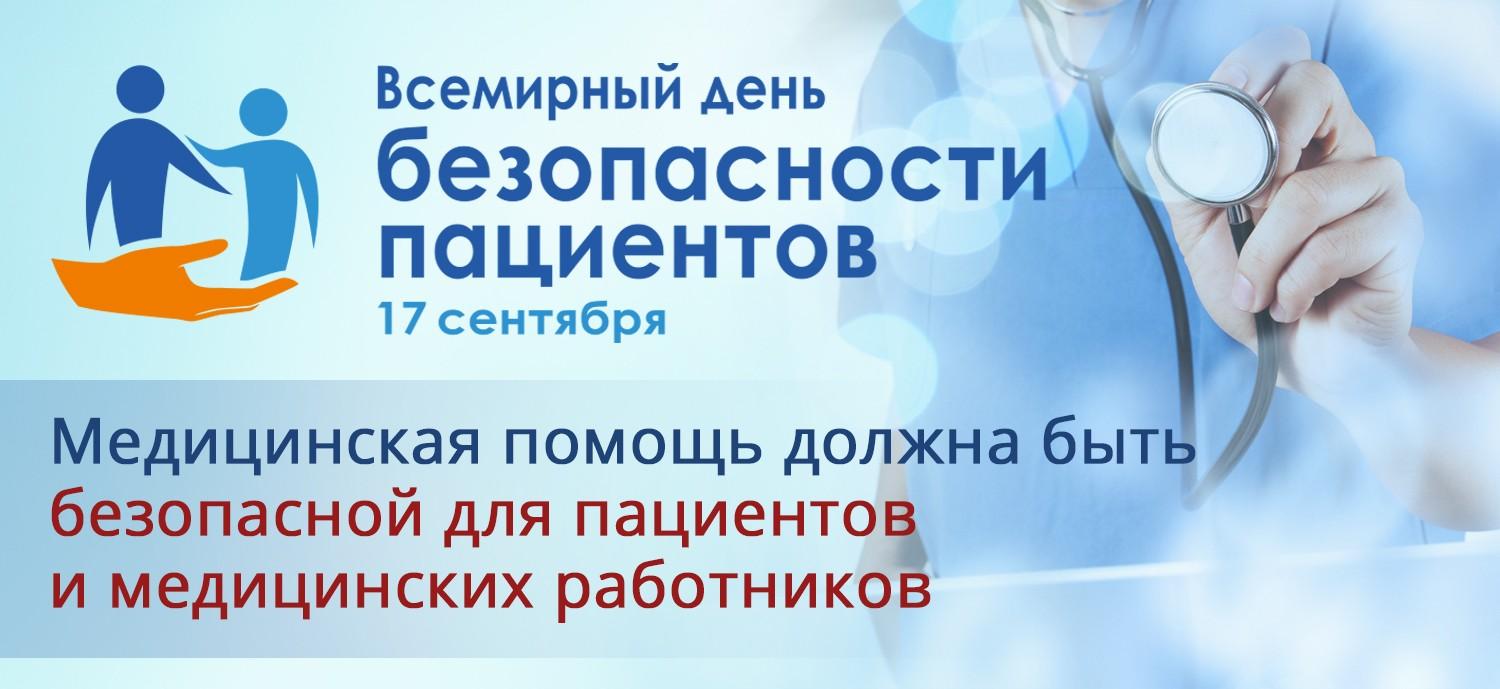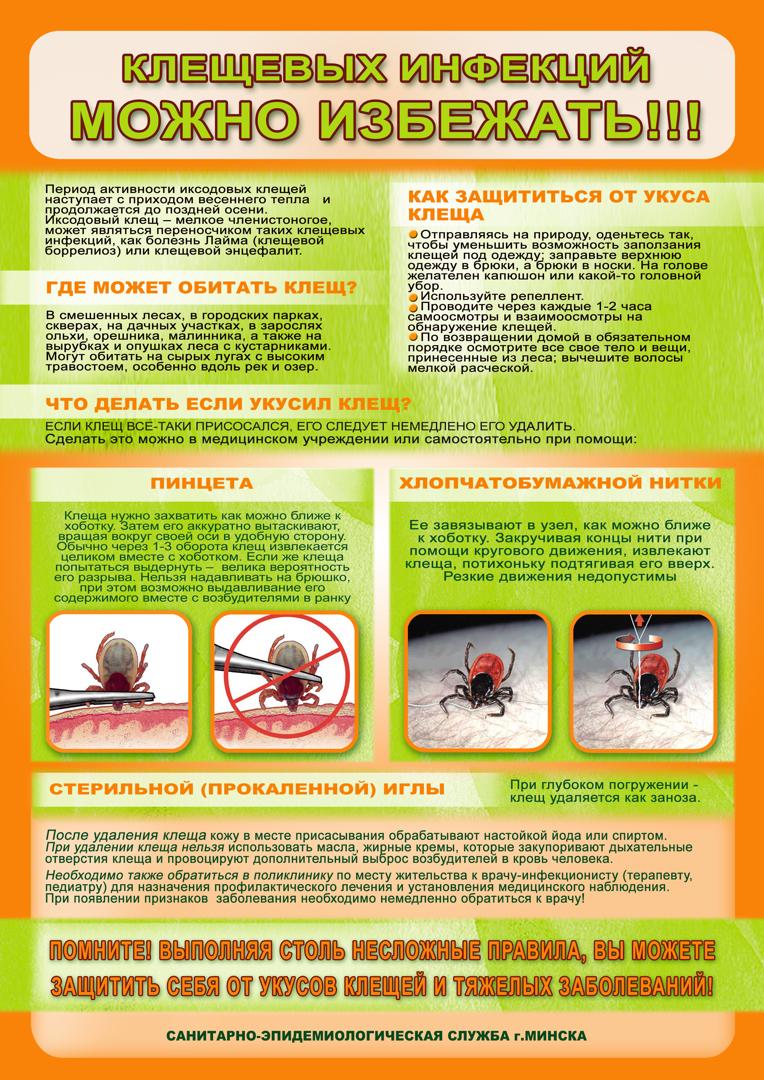This page has been translated automatically and has not yet been verified by experts.
Recognizing patient safety as a global health priority, in May 2019, at the Seventy-second World Health Assembly, all 194 WHO Member States endorsed a proposal to establish World Patient Safety Day, to be observed annually on 17 September. The goals of World Patient Safety Day are to raise awareness and public participation, deepen global understanding of the issue and stimulate global solidarity action to improve patient safety.
About 810 women die every day from preventable causes related to pregnancy and childbirth. In addition, approximately 6,700 newborns die every day, accounting for 47% of all deaths of children under 5 years of age. In addition, approximately 2 million stillbirths are recorded every year, with more than 40% occurring during childbirth. Given the significant burden of risk and harm faced by women and newborns as a result of unsafe health care, exacerbated by disruptions to essential health services amid the COVID-19 pandemic, this campaign is even more important this year.
Fortunately, most stillbirths and deaths of mothers and newborns can be avoided by ensuring the provision of safe, quality care by trained health workers, who in turn have a supportive working environment. But this can only be achieved by engaging all stakeholders and creating comprehensive community health systems and approaches.
World Patient Safety Day was established in 2019 to increase global understanding of patient safety, increase public participation in the safe delivery of health care, and promote global efforts to improve patient safety and reduce harm to patients.
Goals of World Patient Safety Day
- Raise global awareness of the issue of safety of mothers and newborns, especially during childbirth.
- Ensure the participation of a wide range of stakeholders and adopt effective and innovative strategies to improve the safety of mothers and newborns.
- Call on all stakeholders to take urgent and systematic action to reach those without access and ensure safe care for mothers and newborns, especially during childbirth.
- Advocate for best practices at the point of care to reduce preventable risks and prevent harm to all women and newborns during childbirth.


